PowerGenix to supply NiZn batteries for traffic light backup systems
Green Car Congress
MARCH 10, 2011
PowerGenix, the manufacturer of high performance, rechargeable Nickel-Zinc (NiZn) batteries ( earlier post ), has entered an exclusive agreement with PSI Acquisition, LLC to supply battery cells for UP-Stealth, an uninterruptible power supply (UPS) for the traffic industry.





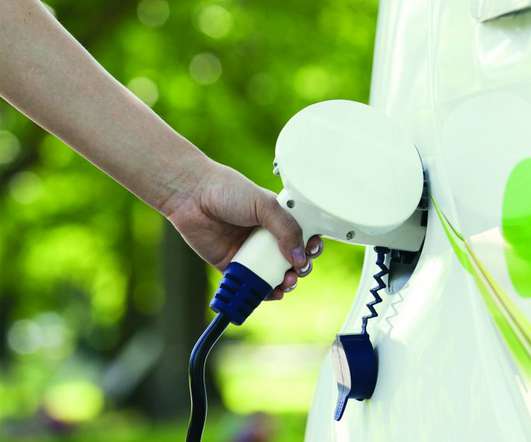

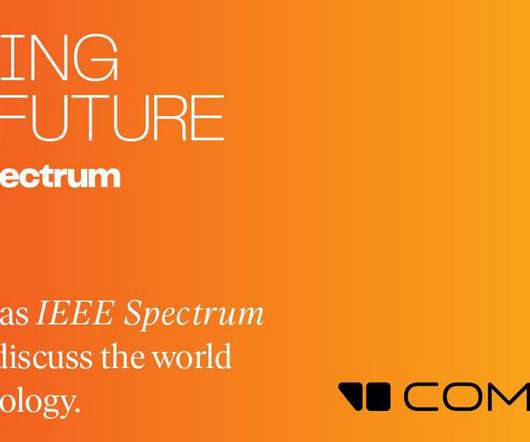
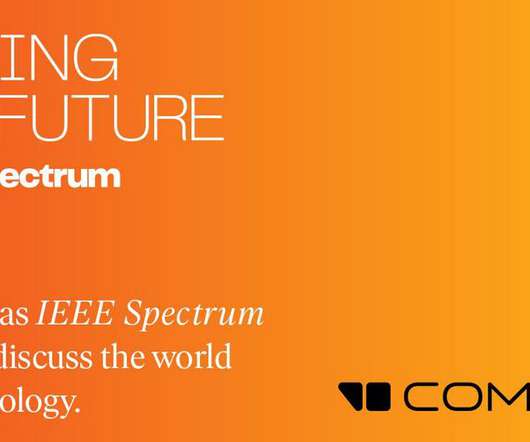


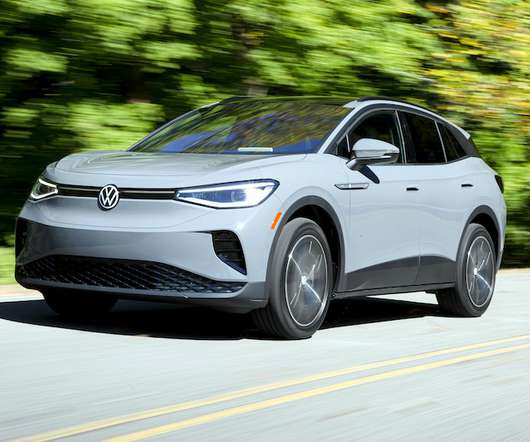
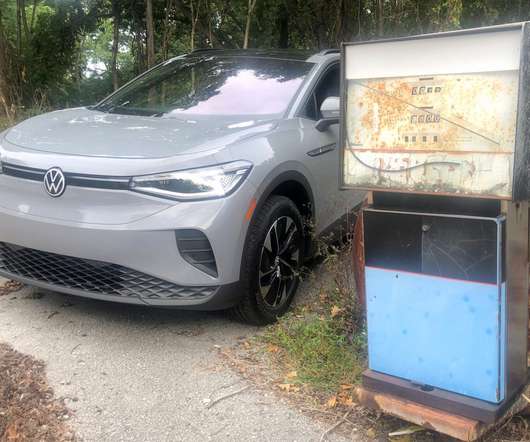








Let's personalize your content